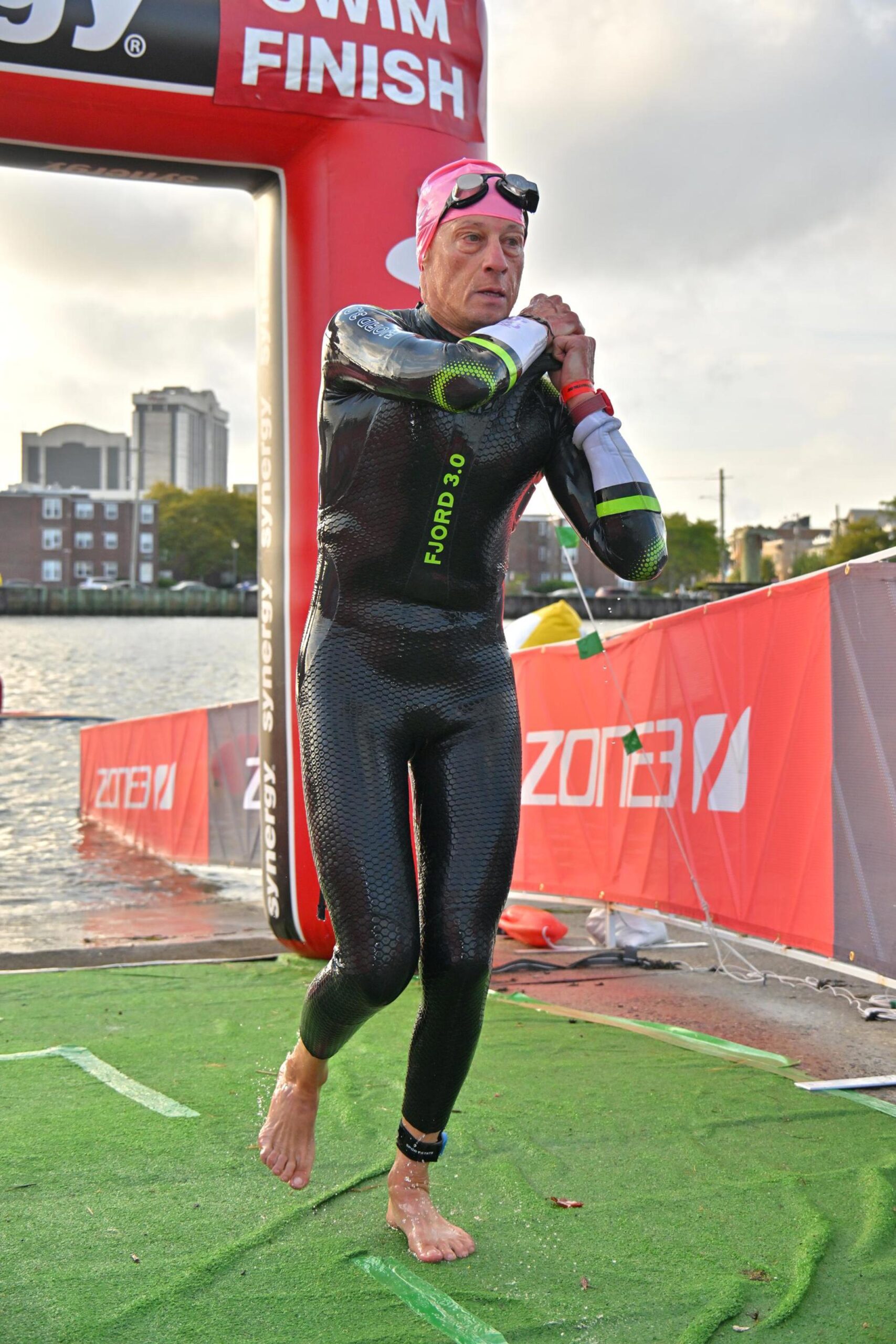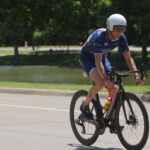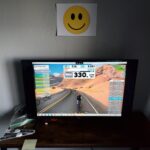Triathlon is a brutal sport!
It’s not just one sport—it’s three. And that means your body and brain are constantly being pushed to the edge. You’re not just fighting physical fatigue![]() —you’re battling heat, hills, pain, nerves, and unpredictability.
—you’re battling heat, hills, pain, nerves, and unpredictability.
So, here’s the big question:
What if there was a mental tool that could help you train smarter ![]() and show up fully prepared on race day?
and show up fully prepared on race day?
Good news—there is. It’s called mental imagery (yep, also known as visualization).
And it’s not woo-woo stuff—it’s a powerful performance tool that decades of research has shown to be effective.
Elite Triathletes Swear by It
Every time I talk to top pros, I ask:
“What mental strategy helps you most?”![]()
More often than not, they say: mental imagery.
They don’t just picture race day. They rehearse it in their minds—training, transitions, effort, recovery, strategy.
And they do it all year long—not just before big events.
Why?
![]() Because they know that mentally rehearsing 1,000 great races leads to physically performing better on the one that matters.
Because they know that mentally rehearsing 1,000 great races leads to physically performing better on the one that matters.
How to Use Mental Imagery in Your Training
Like your swim drills or brick workouts, mental training only works when you do it regularly.
Think of it as strength training for your mindset—targeting motivation, confidence, focus, and emotional control.
The 5 Keys to Great Mental Imagery
- Perspective
- Internal = through your own eyes
- External = like watching a video of yourself
Use whatever feels natural—but experiment. Both offer unique benefits.
- Vividness
How clear is the scene in your mind?
Is it blurry or crisp like a 4K race replay?
Start wherever you are—vividness improves with practice.
- Control
If you imagine yourself falling apart in a race, your brain records that too.
 Rewind. Edit. Re-run the version where you execute smoothly. That builds confidence.
Rewind. Edit. Re-run the version where you execute smoothly. That builds confidence.
- Multiple Senses
Imagery isn’t just visual.
Involve your senses:
- Hear the splash of the swim start
- Feel your legs burn up that hill
- Notice your breath, heart rate, race-day nerves
The more real it feels, the more real the benefits.
- Total Reproduction
Recreate the whole experience—physical, mental, emotional.
From sight to self-talk to the feeling of pushing through pain, make it as real as possible.
real as possible.
Keep It Real
Resist the urge to imagine a perfect, effortless race.
Instead:
- Picture the actual conditions you’ll face—heat, rain, hills, etc.
- Imagine overcoming fatigue and discomfort—not magically avoiding them
- Visualize racing as yourself, with the skills you have now (plus the ones you’re building)
Build a Simple Imagery Routine
![]() Like any training plan, consistency beats perfection. Here’s how to start:
Like any training plan, consistency beats perfection. Here’s how to start:
Set Specific Goals
What do you want to improve?
- Smoother transitions
- Pedaling technique
- Run form

- Swim sighting
Each session should focus on one or two goals.
Pick Real Races
Don’t imagine generic races—pick actual ones:
![]() Escape from Alcatraz? St. Anthony’s? 70.3 Worlds?
Escape from Alcatraz? St. Anthony’s? 70.3 Worlds?
Recreate that course, crowd, water, wind. That specificity builds mental muscle memory.
Keep Sessions Short
- 3–4 times per week
- 5–10 minutes max
- Use a quiet space, breathe deeply, and go all in

- Set a regular time (just like a workout) so you don’t forget
- Make imagery a normal part of your triathlon training program
Track Your Progress
Imagery results are invisible—but a log makes them real.
Write down:
- What you visualized
- What went well or not
- What to work on next
This keeps you motivated and intentional.
Ready to Try It?
I won’t promise mental imagery will make you a champion overnight.
But I can promise that if you stick with it, you’ll be:
- More focused
- More confident
- More mentally prepared
- More consistent under pressure
Combine that with strong physical training, and you’ll be able to step up on race day and say:
“I’ve done everything I can to be ready, bring it on!”
And that, fellow triathlete, is a win in itself.







